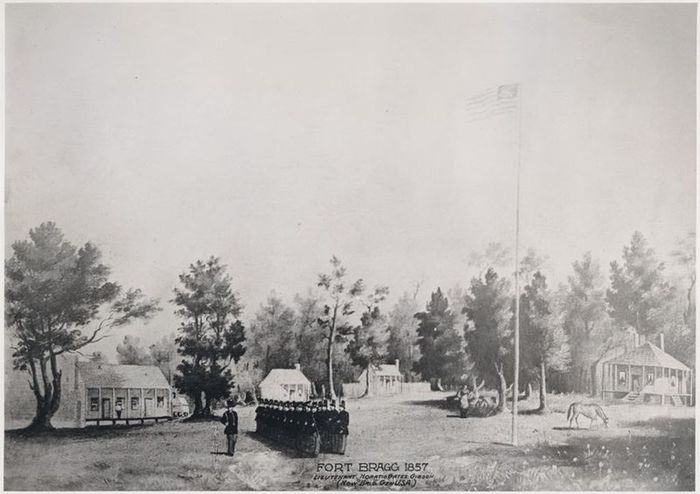– Commercial Fishing

Fishing has, and likely always will be, an integral part of life in Fort Bragg and Noyo Harbor is one of only four California harbors north of San Francisco. The first salmon fishery was noted in 1898 and motorized trollers led to salmon canneries opening along the Noyo River in the 1920s. Today’s current climatic conditions and river diversions have led to a near decimation of the habitat that supports salmon and other commercial and sport fishing species.
– Georgia Pacific closes the lumber mill

The Union Lumber Company was purchased by Boise Cascade and in 1973 became part of Georgia Pacific Lumber Company, one of the world’s largest manufacturers and distributors of paper products. The mill was closed in 2002. Currently, much of the mill site along the Fort Bragg coastline has been sold and is undergoing redevelopment.
– First tourists

Now called the California Western Railroad, the line to Willits was completed. Visitors could easily visit Fort Bragg via what eventually became the Skunk Train. By 1916 Fort Bragg was a popular destination to visit and to settle.
– Earthquake and Fire

Fort Bragg was severely damaged during the great earthquake of 1906. Most brick buildings collapsed and fire ravaged the town. However, the local mills benefited providing lumber to rebuild San Francisco. Bricks used as ballast for arriving ships were used help rebuild damaged Fort Bragg buildings.
– City of Fort Bragg incorporated

The documents of incorporation show C.R. Johnson as Mayor with Fort Bragg’s plat maps drafted by one Calvin Stewart.
– C.R. Johnson and the Union Lumber Company

With two partners, C.R. Johnson moved his mill on the Ten Mill River to take advantage of the Noyo River harbor, incorporating as the Fort Bragg Redwood Lumber Company, later renamed the Union Lumber Company. That same year the Fort Bragg Railroad was created to carry redwood logs from the forest to Fort Bragg.
– Military post named for Captain Braxton Bragg

In the summer of 1857, 1st Lt. Horatio Gibson, then serving at the Presidio of San Francisco, established a military post on the reservation, naming it after his former commanding officer in the Mexican-American War, Capt. Braxton Bragg. Bragg, who later became a General in the Army of the Confederacy, was a native of North Carolina and a slave owner. He never visited the California city that bore his name.
– Mendocino Indian Reservation

The first white settlers in what is now Fort Bragg came as an exploration party from the US Bureau of Indian Affairs to establish a reservation. In the name of “settlement” indigenous people were uprooted, interned, enslaved, relocated and subject to often inhumane conditions. By 1866 the natives had all been forcibly displaced and the Reservation was discontinued.
